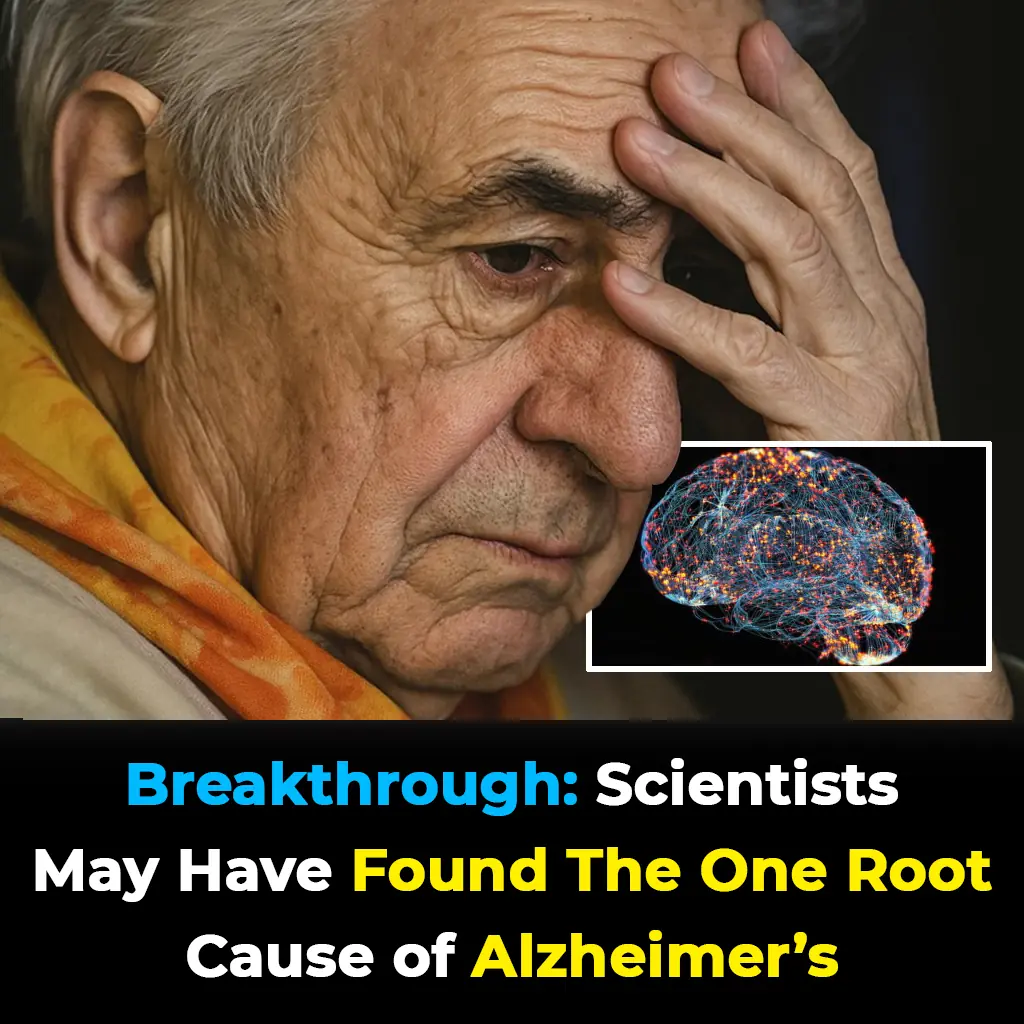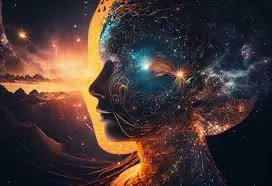
9 Chilling Stories of Third Man Syndrome: When an Unseen Presence Aided Survival in Disasters
The Mystery of Third Man Syndrome: When an Unseen Presence Guides Us Through Crisis
In the face of overwhelming danger, when the human body is exhausted and the mind teeters on the edge of collapse, something extraordinary sometimes happens: a presence arrives. Calm, supportive, and unwavering, this mysterious force seems to whisper strength into the ears of those on the brink. This phenomenon—known as Third Man Syndrome—has been documented by explorers, mountaineers, and disaster survivors alike. But what exactly is it? A mere psychological survival mechanism? A guardian spirit? Or something that defies explanation?
Through chilling firsthand accounts, scientific investigation, and spiritual speculation, Third Man Syndrome raises profound questions about the boundaries of human consciousness and the mysteries that emerge when life hangs by a thread.
Understanding Third Man Syndrome
Third Man Syndrome refers to a compelling experience in which individuals facing extreme peril report the presence of an unseen companion who offers encouragement, guidance, or even life-saving advice. The entity is typically described not as frightening or aggressive, but as deeply calming, protective, and real.
The term originated from the legendary Antarctic explorer Sir Ernest Shackleton, who detailed in his 1919 book South how, during a grueling 36-hour journey across South Georgia Island, he and two companions felt a fourth figure among them. Shackleton later reflected, “It seemed to me often that we were four, not three.”
The phenomenon has since captured the interest of many researchers, most notably John Geiger, whose book The Third Man Factor compiled over 100 similar accounts from people who survived near-death experiences. These individuals often describe the presence as a silent companion, a voice guiding them, or simply an overwhelming sense that they are not alone. What’s remarkable is the consistency of these reports, despite the wide range of scenarios, locations, and individuals involved.
Extraordinary Real-Life Accounts
Throughout history, stories of the Third Man have surfaced from some of the world’s most harrowing experiences:
-
Sir Ernest Shackleton – During his Antarctic expedition, he and his men sensed a guiding figure helping them through a deadly trek, even though they knew no one else was present.
-
Ron DiFrancesco – One of the last survivors of the South Tower during the 9/11 attacks, DiFrancesco recounted hearing a voice urging him to keep moving. That unseen guide helped him navigate through debris and smoke to reach safety.
-
James Sevigny – Buried by an avalanche in the Canadian Rockies, Sevigny felt a comforting presence pushing him to stay conscious and continue breathing until help arrived.
-
Ann Bancroft – The polar explorer described the sensation of an unseen companion walking beside her in the frozen wilderness, giving her the willpower to keep going.
-
Charles Lindbergh – On his solo transatlantic flight, Lindbergh reported feeling surrounded by ghostly presences in the cockpit—entities that kept him awake, alert, and focused for 33 hours.
-
Frank Smythe – While attempting to summit Everest alone, Smythe began mentally dividing his rations to share with a mysterious companion he believed was beside him.
-
The Car Crash Survivor – A woman involved in a high-speed crash recalled an invisible force pulling her from her car just moments before it exploded into flames.
-
Shipwreck Survivors – A group lost at sea claimed an unseen entity guided their decisions, helping them ration supplies and maintain morale until they were rescued.
-
The Solo Hiker – Disoriented and hypothermic in the mountains, a hiker reported feeling someone walking beside them, gently nudging them toward the trail that would lead them to safety.
Each of these accounts, while different in circumstance, shares the unmistakable element of a comforting presence stepping in when all hope seemed lost.
Scientific and Psychological Explanations
Despite the ethereal nature of these experiences, scientists have proposed several explanations rooted in neuroscience and psychology:
-
Survival Mechanism: Under intense stress or imminent danger, the brain may generate an internal “other” as a last-ditch effort to preserve life. This comforting projection helps reduce fear and maintain focus.
-
Dissociation: In trauma or life-threatening scenarios, the brain may dissociate from reality. This mental separation can produce the sensation of an external companion, offering structure in an otherwise chaotic experience.
-
Neurological Triggers: Research points to activity in the temporoparietal junction, the brain region responsible for distinguishing self from others. When disrupted, it may lead to the sensation of another being present.
-
Pattern Recognition Overload: The human brain is hardwired to detect agency and intention in the environment. In high-stress situations, this mechanism may go into overdrive, resulting in the perception of a conscious, guiding force.
However, many researchers, including John Geiger, argue that the sheer consistency of these experiences—across cultures, geographies, and time—suggests it may be more than mere hallucination.
Spiritual and Metaphysical Perspectives
Beyond neuroscience, there is a spiritual dimension to Third Man Syndrome that cannot be ignored. Many people believe these guiding figures are:
-
Guardian angels or spirit guides sent to intervene at the moment of crisis
-
Divine manifestations—evidence of God or a higher power offering aid
-
Ancestral presences—the spirits of lost loved ones watching over us
-
Universal consciousness—a collective awareness that steps in to protect life
These interpretations often stem from the profound emotional impact survivors describe. The Third Man is not just a figment—they report it as something deeply real, intentional, and transformative. Some even describe the presence as sacred, reinforcing faith, purpose, or a renewed will to live.
Across world cultures—from the Inuit belief in spirit guides to Tibetan Buddhist ideas of protective beings—there are striking parallels to the Third Man, suggesting it may be a shared human experience that transcends borders and belief systems.
A Testament to the Human Spirit
Whether viewed through a scientific lens or a spiritual one, Third Man Syndrome represents the resilience and complexity of the human mind—and perhaps something even greater.
It reveals:
-
The brain’s capacity to create hope in the face of death
-
The mystery of consciousness and its potential to reach beyond ordinary perception
-
The power of belief, and how it can shape reality in profound ways
For many who’ve experienced it, the Third Man is more than just a survival tool—it becomes a lasting part of their story. It changes them. Some report a newfound purpose in life, greater empathy, or a deeper spiritual connection long after the crisis has passed.
Final Thoughts: What—or Who—is the Third Man?
In the end, the Third Man remains one of the most mysterious and awe-inspiring aspects of human survival. Is it merely the mind’s defense against death, or something reaching out from the unknown?
Perhaps the answer lies somewhere in between—in the delicate space where science and spirit meet, where survival is not only about the body but also about something intangible: connection, guidance, grace.
Whether a trick of the mind or a divine intervention, the Third Man is a silent companion many hope never to need—yet are grateful for when they do.
News in the same category


Why McDonald’s Removed The Clown From The Company Image

Experts Are Drawing Attention To A Disturbing Noise That People Produce Just Before They Die

A Young Woman Was Found Dead During A Long-Distance Bus Journey—With 26 iPhones Glued To Her Body

Is the Green Ring on Your Egg Dangerous? Experts Reveal the Truth
If you are one of those people who prefer their eggs hard-boiled, you have certainly noticed that green color ring around the yolk.

If You Have Cabinets Above Your Fridge, Here’s What They’re Actually For

7 Clever DIY Uses for Used Teabags That Will Make You Think Twice Before Tossing Them

How Your Sleep Position Reveals If You’re L@zy

Saudi Arabia Unveils World's First Date-Based Soft Drink — A New Era for Soft Drinks Begins
Unlike traditional sodas loaded with added sugar and artificial ingredients, Milaf Cola delivers a refreshingly sweet experience using only the natural sugars found in dates.

Veteran Hacker Reveals Most Terrifying Dark Web Encounters After 30 Years Online

History Got It Wrong? Scholars Uncover What Jesus Was Truly Called
It reminds us that the story of Jesus wasn’t just passed down through scripture - it also traveled through languages, translations, and centuries of human culture.

Scientists Discover Hidden ‘Off Switch’ That Could Erase Anxiety Instantly - No Side Effects
Discovering a precise, side‑effect‑free neural switch for anxiety is a major scientific breakthrough.

The insights your finger length offer about your personality
Some believe your finger length can reveal key aspects of your personality through a theory called the digit ratio. Though not scientifically proven, it links finger proportions to traits like confidence, empathy, and risk-taking.

Flight Attendant Unveils Why Your Answer Is Very Important When They Say “Hello” As You Get On Plane
While flight attendants are being polite, there is another reason why they say 'hello' as you board

Sh0cking New Research Claims There’s Only ONE Cause of Alzheimer’s Disease
According to the Arizona State University researchers, in Alzheimer’s disease, this natural cycle of stress granule formation and dissolution goes off track.

The Sh0cking Reason Flight Attendants Sit on Their Hands During Takeoff and Landing
If you see a flight attendant seated with their hands tucked underneath them during landing, remember—it’s not just a quirky habit.

Thousands of Workers Tried Four-Day Workweeks. Many Reported Less Burnout and Better Sleep

This Military Sleep Method Helps You Fall Asleep In Less Than Two Minutes

Instructor Told Pilot To Turn Seconds Before Black Hawk Collided With Passenger Jet
News Post

Consciousness Is Not Confined to the Brain, But Is Connected To The Whole Universe, Scientists Say

After Surviving 800 Snake Bites, This Man’s Blood Could Be the Universal Antivenom the World’s Been Waiting For

10 Warning Signs It’s Time to Cut Back on Caffeine

“Cases Are Exploding”: Living Near a Golf Course May Raise Your Risk of Parkinson’s, Study Warns

11 Heartbreaking Signs Your Dog Is Nearing the End—And How To Give Them The Love They Deserve

Why McDonald’s Removed The Clown From The Company Image

You’ll never see mosquitoes again if you do this

What to Eat to Boost Energy After 60: Key Foods for Vitality and Well-being.

Experts Are Drawing Attention To A Disturbing Noise That People Produce Just Before They Die

A Young Woman Was Found Dead During A Long-Distance Bus Journey—With 26 iPhones Glued To Her Body

8 Foods That Help Eliminate Cancer Cells

Hacker with 30 years experience reveals the one thing we need to be worried about in the future

Man who spent 10,000 Bitcoin on two pizzas in 2010 could've been eye-wateringly well off today

How to Tell If You Have Intestinal Parasites and What to Do About That

Scientifically Proven Health Benefits of Avocado and Avocado Seeds

An Eye Specialist Explains What To Do If You Begin To See “Floaters”

A Double Cheeseburger and 75 Years of Love.
It was just a regular evening at Wendy’s. I had stopped in for a quick bite—nothing fancy, just a double cheeseburger, fries, and a moment of peace before heading home.

My Own Daughter Stole My Retirement Savings to Buy a House for Herself
